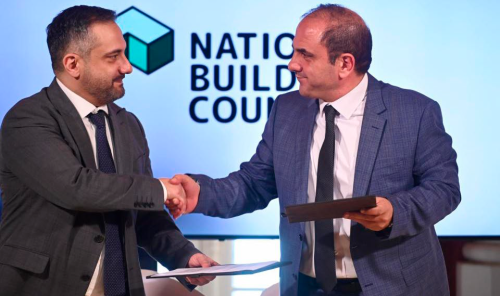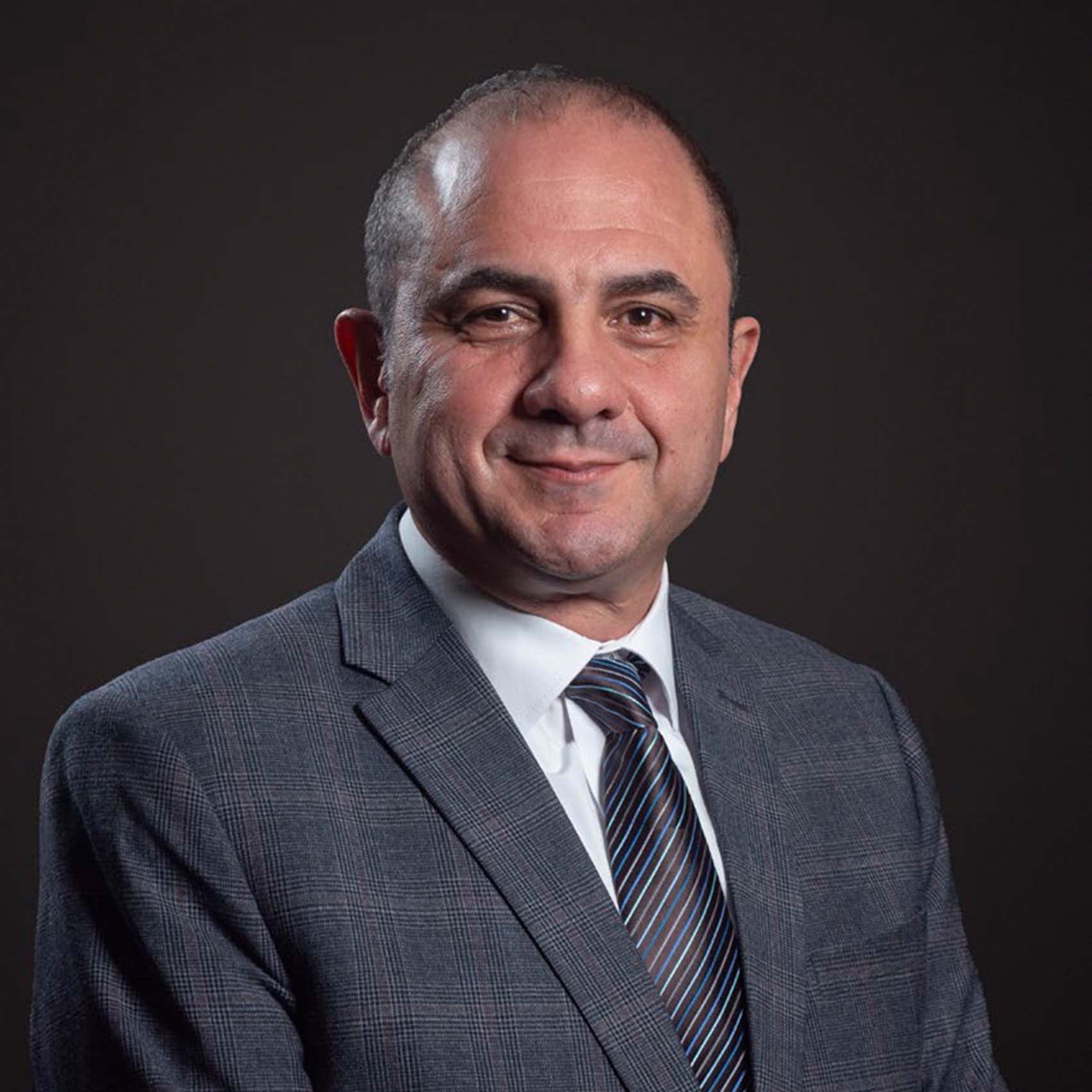It takes time, patience and effort to build bridges, particularly when the differences seem great. As President of the Malta Development Association, Michael Stivala hails the creation of the National Building Council between the MDA and the KTP as a historical milestone. On their agenda: the recent result of the inquiry into the tragic death of Jean Paul Sofia.
For a number of years the communication and interaction between the Kamra tal-Periti (KTP) and the Malta Development Association (MDA) was non-existent. There was no cooperation, indeed, the ideas were frequently conflicting. Over the past year, as President of the MDA I made it a point to try and work with the KTP President Perit Andre Pizzuto. This has been positive since we have not only built a good relationship but we are also understanding each other better. In reality, the differences were not that great and we now understand each other much better. Rules, regulations and reforms led to a series of opportunities for discussion and both myself and Perit Pizzuto have realised that our entities’ ultimate aims converge. This is no small matter since the MDA’s remit touches on 21 different industry sectors.
“Both myself and Perit Pizzuto have realised that our entities’ ultimate aims converge”
A HISTORIC MOMENT
This rapprochement led to a number of documents published together as well as public positions being taken in mutual support. These include the reforms in the BCA, the Planning Authority and several other important government authorities. This convergence of ideas has now led to the creation of the National Building Council (NBC); set up with the KTP. The primary mission of the National Building Council is the creation of a permanent forum where we can discuss proposed reforms, controversial decisions including judicial ones, and so forth: a space wherein we can discuss which reforms would be necessary for the progression of the industry, and ultimately, of Malta itself.

The MDA and the KTP can now have one strong unified position when we interact with the authorities, unlike in the past, where we would not have combined our resources, expertise and capabilities; at times pitted against each other. The council is relatively simple in structure: the president and two members of each association: a legal entity. Once its setup is finalised, the NBC will also assume a proactive role in researching issues to propose solutions to government for areas in the industry which may need modernising or improving. There is so much that we can do together, and we shall be significantly stronger together.
RETAINING A VOICE
Notwithstanding this coming together. neither the MDA nor the KTP have lost their individual voices; they have not become absorbed into the new council. But so far we have agreed on every issue. We still represent our members and their interests. We still have our own mindset but, this new-found collaboration with the KTP is yielding positive results. The NBC is to also be beneficial to the government: consultation will be simpler to conduct and, I reckon, more precise and specific. I find this historic step to be rather unique, in that this sort of unity between associations has hardly – if at all – been seen previously in Malta.
“This convergence of ideas has now led to the creation of the National Building Council; set up with the KTP”
And notwithstanding the nay-sayers, of which there were plenty – particularly in the beginning, there seems to be sufficient goodwill for the Council to proceed and grow. The National Building Council is set to expand in the coming years and include other associations in its fold. We want this to be an open forum where industry professionals can discuss freely to arrive at the reforms that the country and the industry progressively need. A case in point is the tragic death of Jean Paul Sofia; high on the Council’s agenda.

ON THE SOFIA INQUIRY
Many of the reforms requested in the report on the death of Jean Paul Sofia had been requested by the MDA for several years. Some inquiry requests need to be clarified and others need to be tweaked. On some of the reforms we have already started discussions with the government, with ministers and CEOs and we are working together towards a reform. As MDA president I too had been asked to give evidence in the inquiry. The final report of the inquiry does not mention MDA or any of its members, and it brings to light that
the MDA has always worked for the good of the industry and that excessive bureaucracy and red tape offer no solution to the problems in the industry.
“The NBC will also assume a proactive role in that it will research issues and propose solutions to government”
EFFECTIVE CONTROLS. NOT USELESS BUREAUCRACY
It is useless to add controls and paperwork which are just a box-ticking exercise: controls need to be effective and we do not agree with useless bureaucracy. Finally, it is the client who pays for excessive bureaucracy. While the MDA is satisfied with the conclusions reached in the inquiry, it is the implementation of the recommendations that is is crucial. That an inquiry was held is hardly significant on its own. The onus of its usefulness lies with that which we are going to implement out of the recommendations made, that which will not, what will be tweaked and how implementation is to occur.

EXCESSIVE BUREAUCRACY
Currently, architects are inundate with reams of forms; often repetitive in nature, which they must perforce fill. Professionals are wasting alarming amounts of time filling in the same or very similar information to different entities. This leads to a depletion of resources amid much frustration and increased costs to the buyer. Indeed, instead of going on site and doing the work they have been professionally trained and educated to do, the modern architect is sitting at his desk filling in a form for the umpteenth time for the same project.
“While some bureaucracy is required and inevitable, this should not be implemented for its own sake”
This too has been pointed out in the Sofia Inquiry. We would much rather have an architect concentrate on a better design, go on site and see that the contractors are working to specifications and that the constructions are solid and safe. We want to have beautiful buildings,b and we want that all works carried out are executed with the least possible intrusion to the sites’ neighbours and that finally, the product will be pleasing to the public and an asset to its neighbourhood. Thus, while some bureaucracy is required and inevitable, this should not be implemented for its own sake but rather, to tangibly add value and consistent quality, and in so doing, enhance safety to site and project.

bureaucracy should be implemented. Hence, a key objective of the NBC is to instigate the implementation of value-adding regulations alongside the eradication of irrelevant ones. photo: stock image
MAKING A MARK
The MDA has grown exponentially over the years, and now that it has 11 strong sections the Association must be run by a dedicated professional. Dr Leon Chetcuti is the current incumbent and is doing a great job. We want to continue growing and expanding and to reach this aim we will be also increasing communications with our members and stakeholders. Indeed, to this effect, the recent rebranding of the MDA was inspired by the need to holistically look at development – from inception to the final product. After all, the whole point of the MDA is to improve not simply the industry but also the quality of the built-up product on the market.

Comment